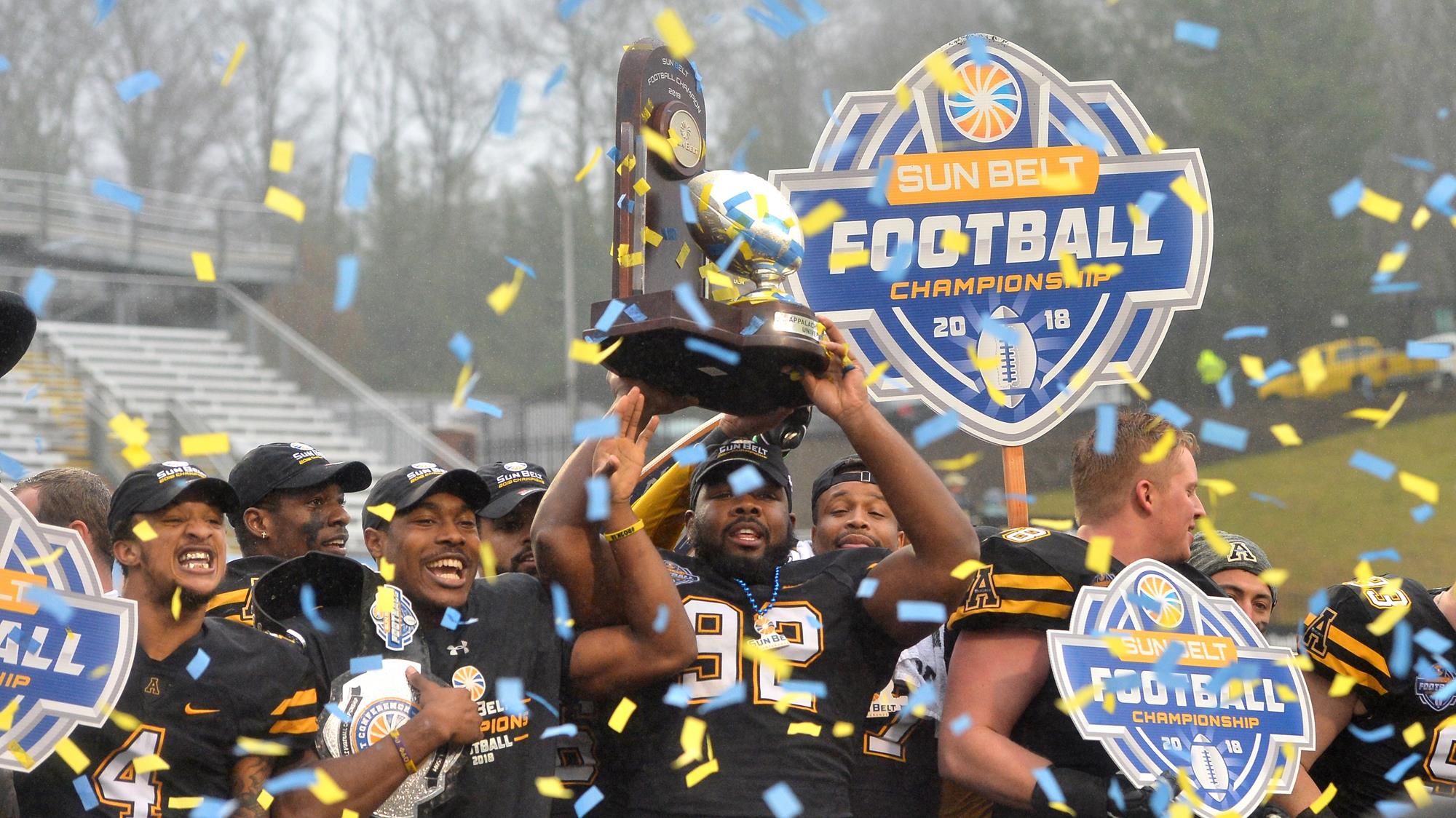

Yahoo Sports reported those eight will still receive around $7 million, while the six additions would receive around $2 million to start. The six schools likely to join the conference are expected to receive smaller television revenue shares, as a way to keep the remaining eight AAC schools content. Many also wonder how six schools that didn’t bring enough value to move the needle for C-USA’s poor television deal (about $500,000 per school annually) would suddenly help the AAC’s deal.īut AAC commissioner Mike Aresco believes the money will largely stay the same and has pitched that to several schools during this expansion recruitment process, sources said. Those three were, by far, the most popular AAC teams on TV, hence the Big 12’s interest.

There’s been almost unanimous agreement from experts outside the league that the AAC’s deal value will decrease when Cincinnati, Houston and UCF join the Big 12. But Sports Business Journal first reported in 2019 that the deal includes a clause that allows ESPN to renegotiate if someone leaves the AAC. The American currently pays its members about $6 million annually in television revenue, a number set to increase over the life of the deal through 2031-32. “The American was.” What does it mean for AAC money? “We’re not in desperation mode and the Mountain West was not in desperation mode” one Sun Belt source said. The MWC could still target a non-football school like Gonzaga, but it’s an uphill climb. It didn’t see financial value in adding more members. Indeed, sources had said in recent weeks that some people at those Texas schools preferred to join the Mountain West over the American, but the MWC opted against expansion in the end. But the Mountain West had already decided to stick with its 12 members, a source confirmed to The Athletic (as the Action Network first reported). Instead of coming into the AAC in a prime position, it’s been grouped with five other schools to dilute the revenue shares.īy taking those six schools, the AAC prevents the Mountain West from expanding into metropolitan Texas. As one source put it, UAB might be the biggest loser in all of this. Now 12 of the 14 future AAC members will be former C-USA schools. Instead, the league raided C-USA for the second time in a decade. The conventional wisdom from industry sources was that the AAC would add UAB and one other program (maybe Army football or Charlotte), then look to add more in the coming years (maybe Air Force and Colorado State would come back into the fold later). Eight years after C-USA made the same future play, will it pay off for the AAC in the even-longer-term? Charlotte football is not even a decade old.Ĭonference USA was panned for its realignment decisions in the early 2010s that proved to be a bust. Same with UTSA and North Texas as the next Houston. There’s hope FAU could become what UCF did. FAU has also won two of the past four conference titles. North Texas, for example, pays head coach Seth Littrell $1.9 million and recently opened an indoor practice facility.īut UAB is the only one with a recent track record of consistent football success, winning two of the past three Conference USA titles and three consecutive division titles.

All six schools have also made major investments in football recently through new facilities and/or coaching salaries. North Carolina is also an underrated place for football recruiting, and UAB brings Birmingham, the country’s most passionate college football city. A greater presence in Texas and Florida increases the AAC’s ability to recruit in those states. The six C-USA additions are generally located in major media markets, but they’re more about the recruiting markets and investments into football. Why did the AAC do this?Īfter commissioner Mike Aresco initially talked about adding two or four teams, the AAC instead will go even bigger, increasing to 14 football schools (and 14 in other sports without Navy but with Wichita State).
#Sunbelt conference news update
MWC commissioner Craig Thompson always believed it made more sense for them to stay than leave, and they did in the end, though returning to conference meetings after such an open flirtation makes things awkward for a period of time.Īfter conversations with numerous officials throughout the Group of 5, here’s an update on why this happened and what could come next. The American’s decision to add the six Conference USA schools comes after interest in four Mountain West schools ( Air Force, Boise State, Colorado State, San Diego State) was largely rebuffed, though Air Force and CSU showed more interest than the other two.


 0 kommentar(er)
0 kommentar(er)
